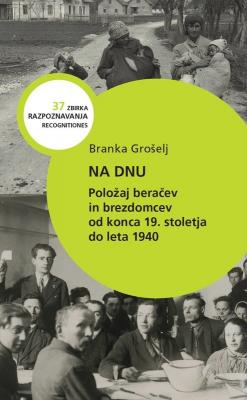AT THE BOTTOM: The Position of Beggars and the Homeless from the End of the 19th Century until 1940
Keywords:
Beggars, tramps, begging, socaia history, legislation, forced labor, CarniolaSynopsis
In the Habsburg Monarchy, the Penal Law on Crimes, Offences and Misdemeanours was adopted on 27 May 1852 and entered into force on 1 September 1852. In Slovenia, this law – with amendments, of course – was in force until as late as 1 January 1930, when it was replaced with the Criminal Code for the Kingdom of Serbs, Croats and Slovenes. The matter of defining and sanctioning begging, vagrancy, and idleness was governed more precisely by the Law No. 89 of 24 May 1885, while the Law No. 90, issued on the same day, governed the establishment, management, and maintenance of workhouses and houses of correction. In the first period after the dissolution of the Habsburg Monarchy in 1918 and in the context of the new state regime, which encompassed the majority of the Slovenian space, the punishment of vagrancy was governed by the Law on the Protection of Public Safety and Order in the State of 1 August 1921. Begging and suppression of idleness, in general, were still regulated by the Austrian rules for as long as until 1930, when the Criminal Code for the Kingdom of Serbs, Croats and Slovenes entered into force.

Published
Print ISSN
License

This work is licensed under a Creative Commons Attribution-NonCommercial-NoDerivatives 4.0 International License.

